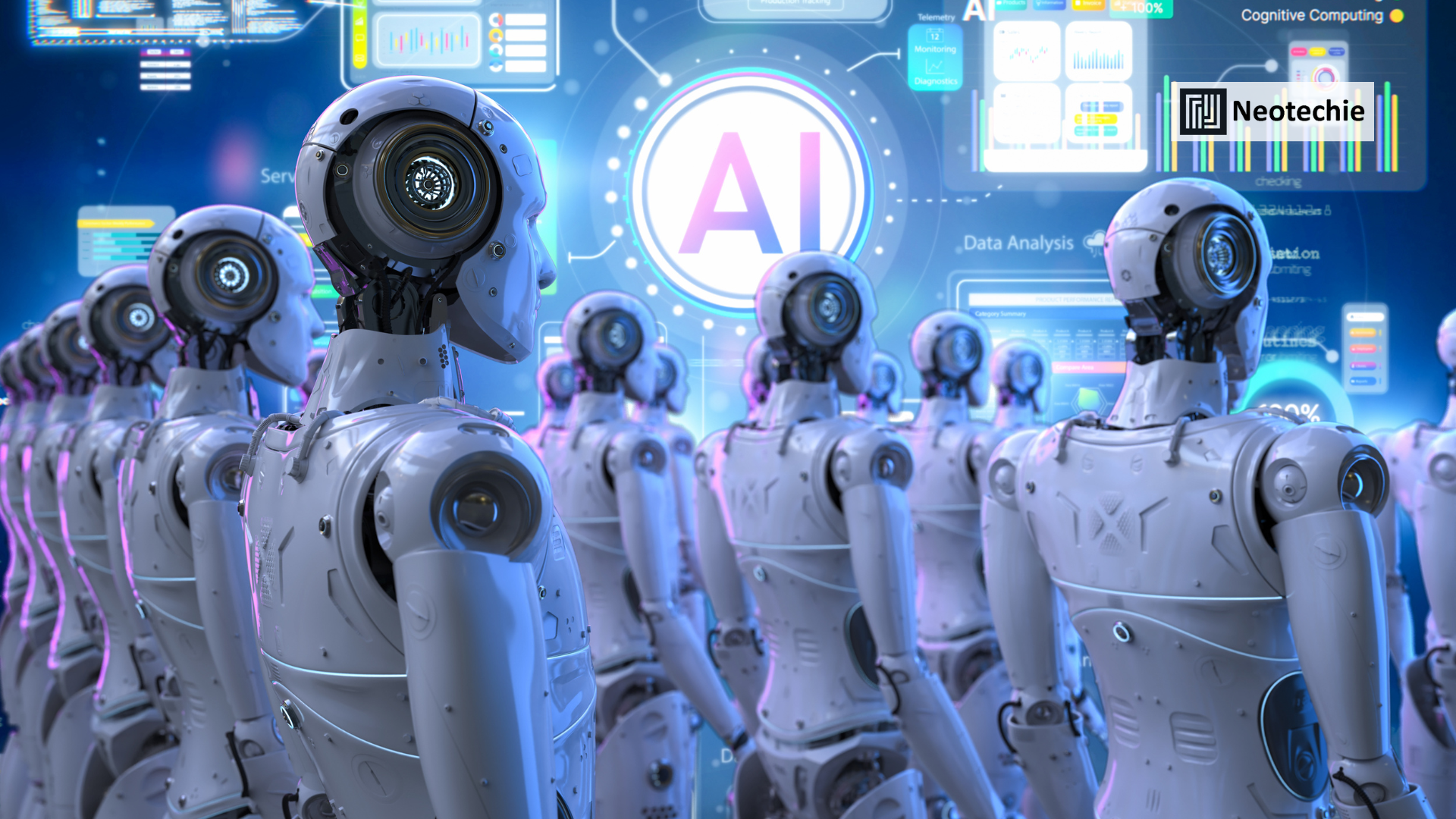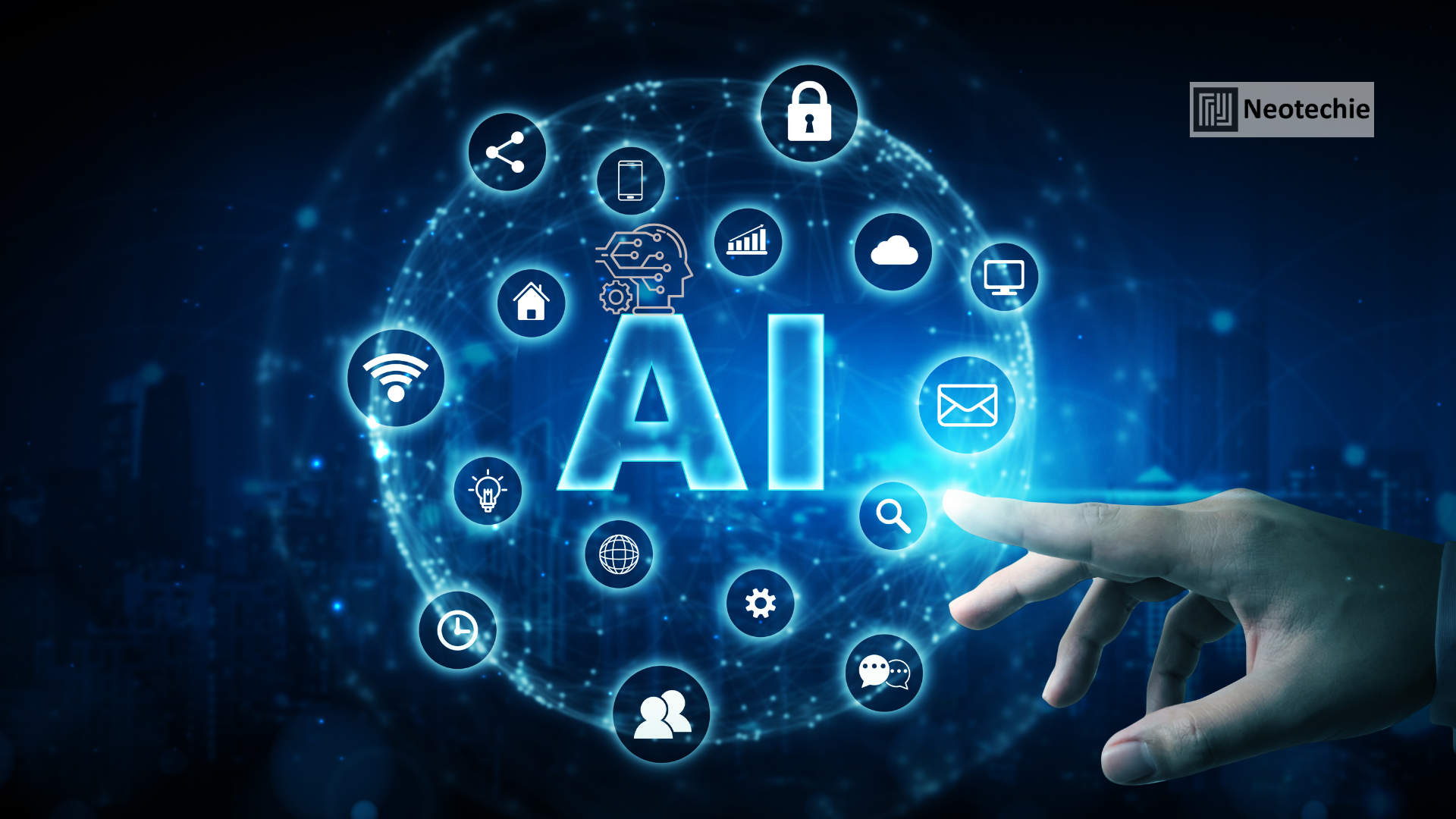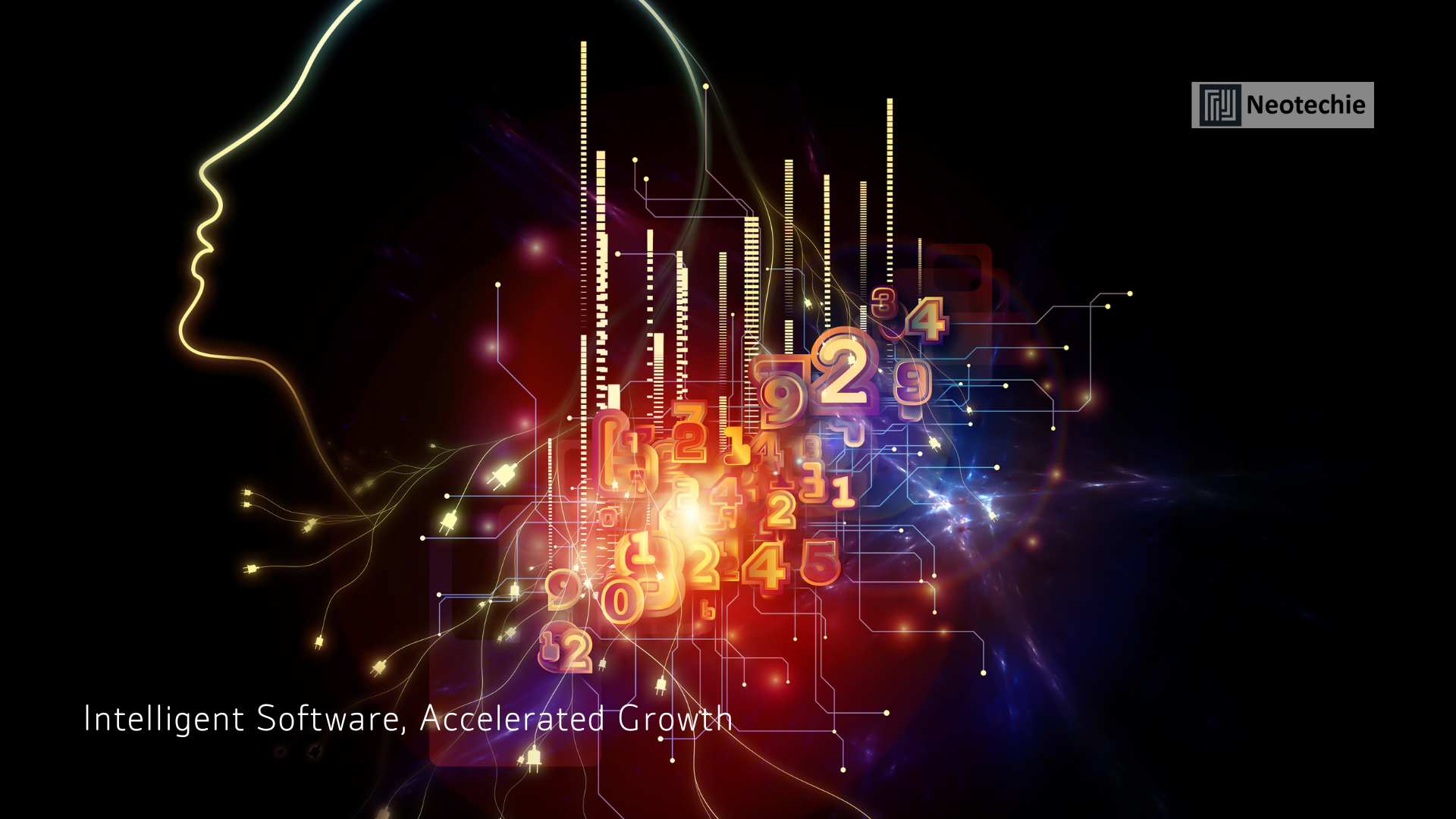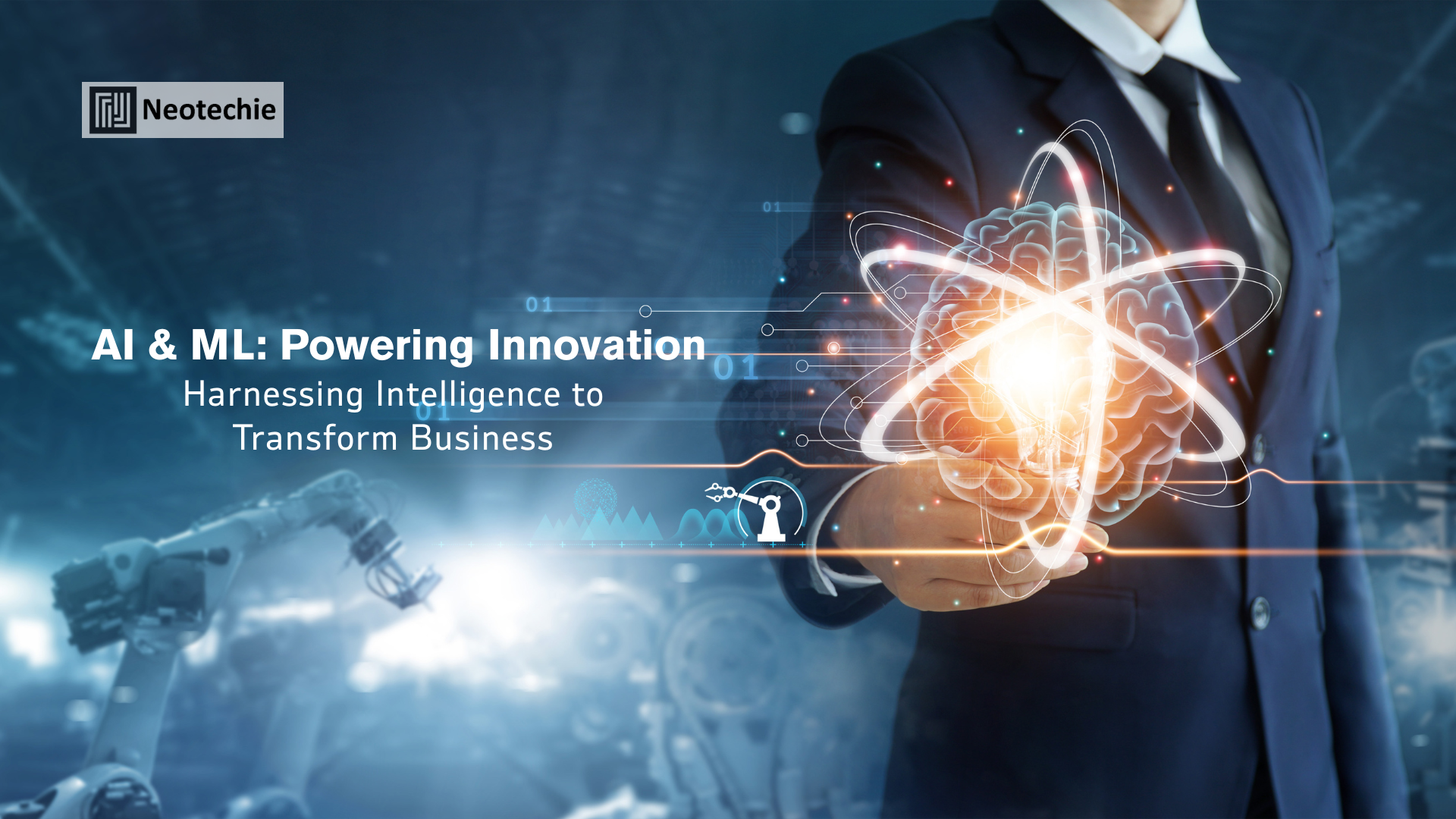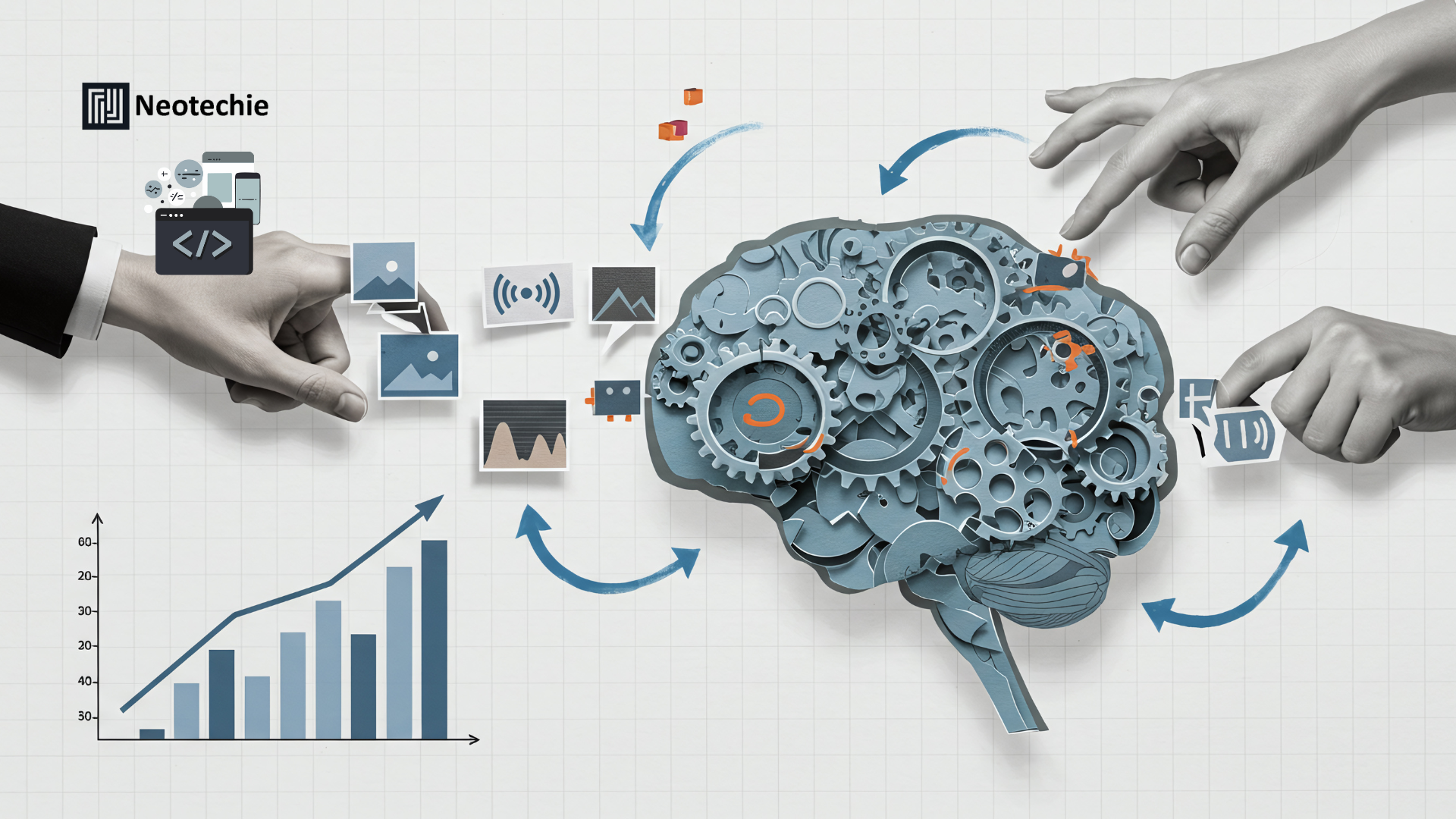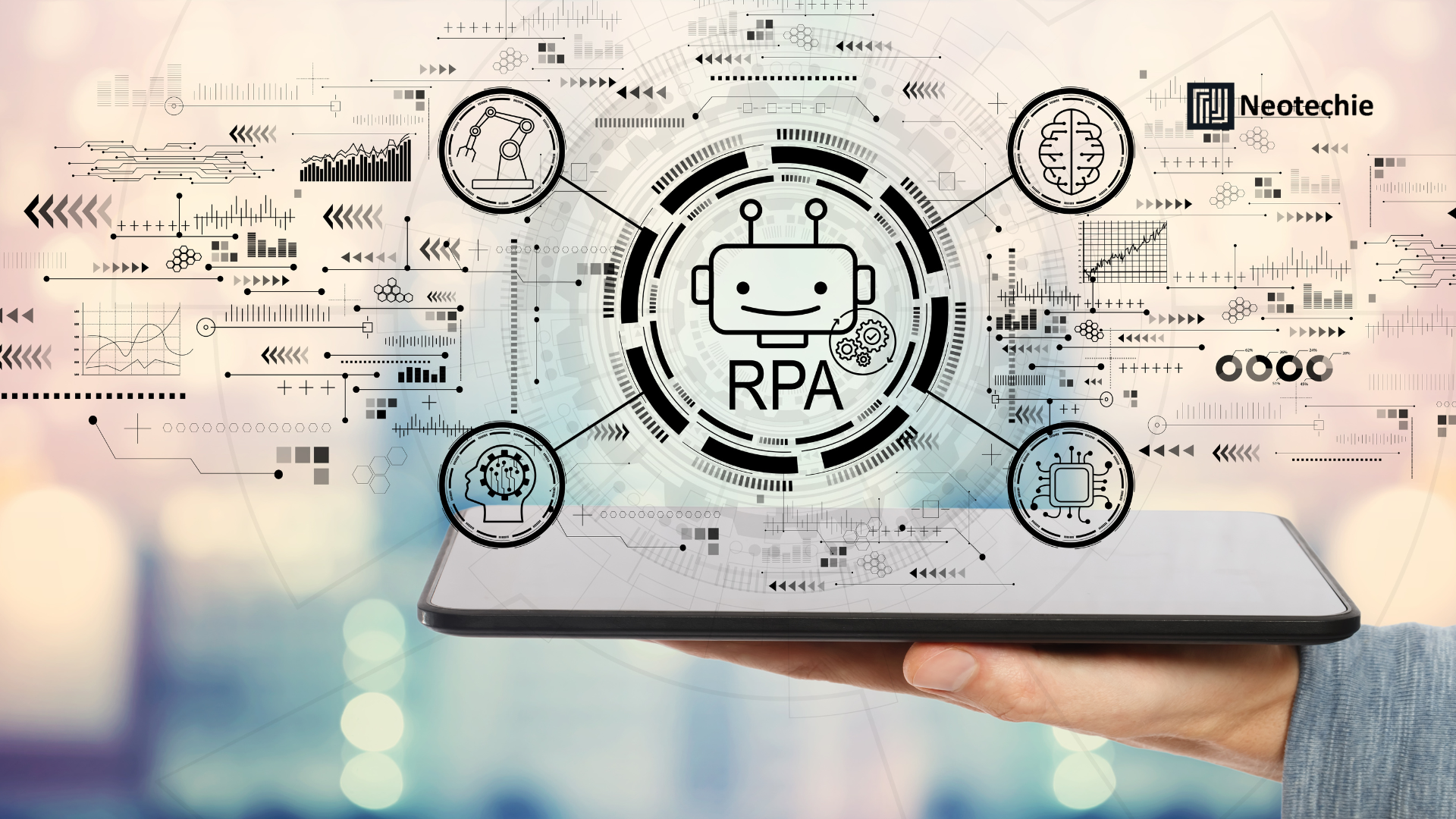Organizations produce vast numbers of documents every day—ranging from invoices, contracts, reports, forms, to compliance records. Managing these manually is slow, error-prone, and drains valuable resources. Document Automation powered by AI and ML revolutionizes this workflow, automatically extracting, analyzing, and processing document data, allowing employees to focus on strategic and analytical tasks rather than repetitive work.
What is Document Automation with AI & ML?
Document automation combines AI and ML technologies to process and manage documents end-to-end. It goes beyond simple rules-based processing by understanding context, learning from data, and adapting to new document types. Key functionalities include:
- Intelligent OCR: Recognizes printed, handwritten, or scanned text and converts it into machine-readable formats.
- Data Extraction: Identifies key data points such as dates, amounts, names, and addresses from unstructured or semi-structured documents.
- Document Classification: Automatically categorizes documents, ensuring they are routed to the right workflow or department.
- Validation and Verification: Cross-checks extracted data for accuracy, completeness, and compliance with standards.
- Continuous Learning: Improves processing accuracy over time by learning from exceptions, corrections, and new document formats.
Why Document Automation Matters for Businesses
- Time Efficiency
Manual document handling consumes hours of employee time every day. AI automation dramatically reduces the time spent on tasks such as entering data, verifying information, and routing documents, freeing staff to focus on value-adding activities. - Error Reduction
Human errors in data entry, misclassification, or missed details can lead to costly mistakes. AI-driven systems significantly reduce these errors by validating and correcting data automatically, ensuring higher accuracy and reliability. - Cost Savings
Reducing manual effort lowers operational costs. Organizations save on labor, rework, and delays, translating into significant financial benefits and better resource allocation. - Compliance and Security
Regulatory compliance is critical, especially in finance, healthcare, and legal sectors. Document automation ensures that compliance rules are enforced consistently, data is securely processed, and audit trails are maintained for transparency. - Scalability
Automated systems easily handle increased volumes of documents without adding staff. As businesses grow, AI-driven workflows scale seamlessly to accommodate higher document loads.
How AI & ML Enhance Document Automation
Intelligent OCR
AI-enhanced OCR can recognize text even in handwritten, poorly scanned, or multi-format documents. It converts data into structured formats usable by other systems.
Contextual Data Extraction
ML algorithms identify relevant information by understanding context, not just position. For example, it can extract invoice numbers, dates, and totals from varying layouts accurately.
Adaptive Classification
AI systems automatically categorize documents into appropriate workflows or departments. They adapt to new types of documents without needing extensive reprogramming.
Error Detection and Correction
ML detects anomalies, inconsistencies, or missing data. It can either auto-correct based on patterns or flag items for review, reducing manual verification.
Integration with Existing Systems
Automated document data flows directly into ERPs, CRMs, or other enterprise platforms, enabling end-to-end automation and seamless business operations.
Business Transformation through Document Automation
Enhanced Productivity
Employees spend less time on repetitive data handling and more on analysis, decision-making, and customer interactions, boosting overall productivity.
Faster Decision-Making
Automated processing ensures timely, accurate data availability, enabling quicker operational and strategic decisions.
Improved Compliance
By automatically enforcing validation rules and maintaining detailed audit logs, businesses mitigate risks and ensure regulatory adherence.
Operational Agility
Organizations can quickly scale document processing to match business cycles, seasonal spikes, or expansion into new markets without increasing headcount.
Cost Optimization
Reduced manual work, fewer errors, and faster processing lead to direct operational savings and higher ROI from automation investments.
Practical Use Cases
Finance and Accounting: Automate invoice processing, expense approvals, reconciliations, and financial reporting to reduce cycle times and errors.
Human Resources: Automate employee onboarding, contract management, payroll document handling, and policy acknowledgment tracking.
Legal: Manage contracts, NDAs, and regulatory documents efficiently, ensuring accurate compliance and audit readiness.
Healthcare: Process patient records, insurance claims, and lab reports with speed and accuracy, reducing administrative burden.
Supply Chain: Automate purchase orders, shipment documentation, and inventory reports to streamline operations and reduce errors.
The What, Why, and How
What: AI & ML-driven document automation systems that intelligently extract, classify, verify, and process information.
Why: To save time, reduce errors, ensure compliance, enable scalability, and improve overall operational efficiency.
How: By implementing intelligent OCR, contextual data extraction, adaptive classification, and seamless integration with enterprise systems, creating fully automated, end-to-end document workflows.
How Neotechie Helps with Document Automation
Neotechie provides comprehensive solutions to transform document-intensive processes into intelligent workflows:
- AI-Powered OCR and Extraction: Accurately digitizes and extracts data from various document formats.
- Automated Classification and Routing: Ensures documents reach the right workflows without manual intervention.
- Integration and End-to-End Automation: Connects document data seamlessly to ERPs, CRMs, and other business systems.
- Continuous Learning and Improvement: AI systems evolve with new document types, improving accuracy over time.
- Compliance and Security Assurance: Maintains data privacy, enforces regulatory standards, and provides audit-ready documentation.
Partnering with Neotechie allows businesses to convert manual, labor-intensive document processes into efficient, scalable, and intelligent workflows.
Final Word
Document Automation with AI & ML transforms business operations, replacing repetitive tasks with intelligent systems that learn, adapt, and process documents efficiently. This leads to faster operations, reduced errors, cost savings, and improved compliance. With Neotechie, organizations can create a future-ready, scalable document workflow ecosystem that enhances productivity and supports sustainable business growth.

